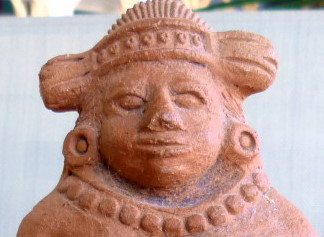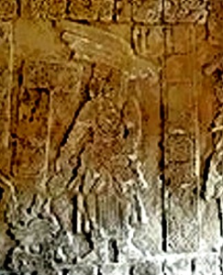Toledo District
 Lubaanatun Mayan Archaeological Site. Lubaantun is located about 2 miles from San Pedro Columbia Village and about 26 miles northwest of Punta Gorda Town in the Toledo District of Belize. Lubaantun, which means "place of the fallen stones" is a modern name for the site. No one knows its ancient Mayan name.
Lubaanatun Mayan Archaeological Site. Lubaantun is located about 2 miles from San Pedro Columbia Village and about 26 miles northwest of Punta Gorda Town in the Toledo District of Belize. Lubaantun, which means "place of the fallen stones" is a modern name for the site. No one knows its ancient Mayan name.
Lubaantun was occupied in the mid to late Classic Period from about 730 to 890 AD when it was abandoned. Not much is known about Lubaantun although speculation is that it had a military purpose because it is built about 200 feet above sea level, and the center of the site is on a large artificially raised platform between two small rivers.
Lubaantun is also believed to have been an administrative center of trade regulation, with nearby Nim Li Punit functioning as a center of religion, ceremony and ritual.

 Nim Li Punit
Nim Li Punit 